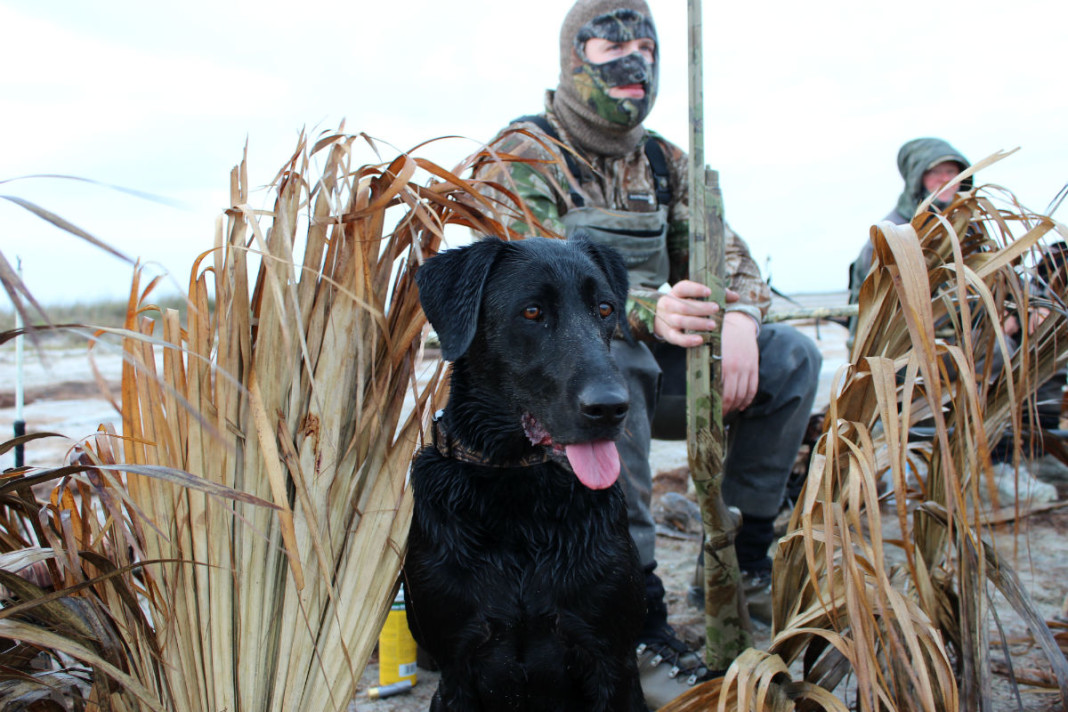The waterfowl hunting outlook in Texas typically rests mostly on water, but even with lingering drought across some of the best duck and goose territory in the country, we still should have a good fall and winter.
The U.S. Fish and Wildlife Service and Canadian Wildlife Service conducted their annual waterfowl population surveys on the breeding grounds to monitor waterfowl populations, and the results again show solid numbers, with a preliminary estimate of 49.2 million birds, an 8 percent increase over last year’s estimate of 45.6 million birds, and 43 percent above the long-term average.
Estimated mallard abundance was 10.9 million birds, similar to the 2013 estimate of 10.4 million birds and 42 percent above the long-term average. Greenheads always are a welcome sight in the late season and there again will be plenty of them across the Rolling Plains, North Texas and East Texas this winter.
Blue-winged teal estimated abundance was 8.5 million, 10 percent above the 2013 estimate of 7.7 million, and 75 percent above the long-term average. Similarly, the green-winged teal estimate of 3.4 million is above last year’s count of 3.1 million and 69 percent above the long-term average. Hunters again likely will be able to bag six teal during the early September season in Texas based on the overall abundance of the fluttering fliers. You may not see many teal during the late season, but if you do, they’ll be in big flocks, which doesn’t mean they’re any easier to hit.
The pintail estimate of 3.2 million was similar to the 2013 estimate of 3.3 million and was 20 percent below the long-term average. These birds love the coast and areas such as Rockport, Port O’Connor and Baffin Bay will have rafts of them later in the season, which makes a combo saltwater fishing trip just another reason to head south, in addition to milder weather.
The estimated abundance of American wigeon was 3.1 million, 18 percent above the 2013 estimate, and 20 percent higher than the long-term average. These birds also like coastal climates, but typically can also be found in good numbers in the Cross Timbers area, enjoying the solitude of stock tanks and farm ponds that represent constant water sources.
Surveys conducted each January during the past decade along the coast show that nearly 2 million ducks winter there each year, according to Texas Parks & Wildlife Department reports. Surveys of the High Plains region also show that more than a half-million ducks winter there annually, including more than a third of the pintails in the Central Flyway.
Redheads, another species that flocks to the coast, were counted at 1.28 million compared with last year’s count of 1.2 million, and stands a whopping 85 percent above the long-term average. The canvasback estimate of 685,000 was slightly lower than the 2013 estimate of 787,000, but is 18 percent above the long-term average.
The overall prairie pond estimate for the United States and Canada was 7.2 million, 40 percent above the long-term average, which again shows that even with adequate precipitation during the winter, the regions can produce a boatload of waterfowl.
TPWD also recently proposed dove, teal, duck, goose and sandhill crane frameworks, with an expected result of hunters having the same opportunities and bag limits as in recent fall and winter seasons.
Under the proposals, dove season in the north and south zones would run Sept. 1 to Oct. 20 and Dec. 19 to Jan. 7, while the south zone framework would be Sept. 19 to Oct. 20 and Dec. 19 to Jan. 25. The special South Texas white-winged dove hunting area season would be Sept. 6-7, Sept. 13-14, Sept. 19 to Oct. 20 and Dec. 19 to Jan. 21.
TPWD has proposed a 16-day statewide teal season, mirroring those of recent years, which would run Sept. 13-28, while the proposed east zone early Canada goose season would run the same dates. Should a nine-day teal framework be set, running Sept. 20-28, the early goose season also would run the same dates.
The proposed general waterfowl framework for the High Plains Mallard Management Unit would run Oct. 25-26 and Oct. 31 to Jan. 25, while the “dusky duck” season would be Nov. 3 to Jan. 25 in the western portion of the state. The youth-only season in the area would run Oct. 18-19. The seasons for geese and sandhill cranes in the Rolling Plains and Panhandle again would run at the same time, with proposed dates spanning Nov. 1 to Feb. 1.
The light goose conservation order, which allows for more liberal hunting methods, including electronic calls and higher bag limits, would run Feb. 2 to March 22 in the western zone of the state.
Public comments on the season proposals can be made online.




















